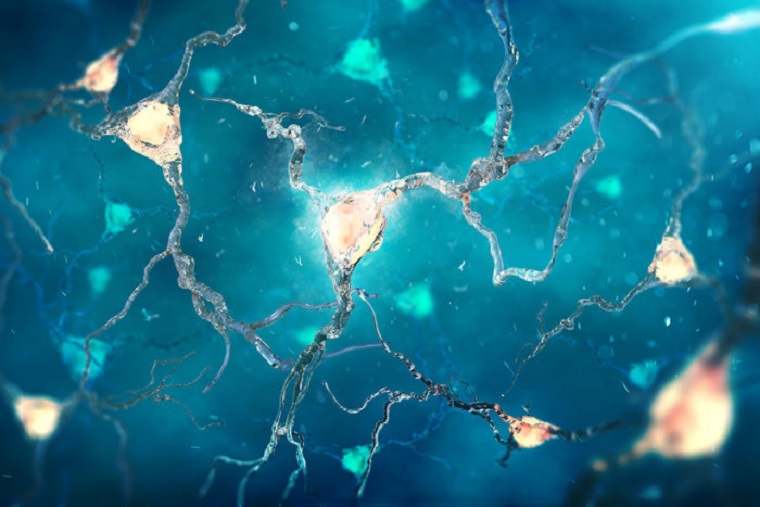Targeting tau production may lead to treatment
From the WashU Newsroom…
It’s a paradox of Alzheimer’s disease: Plaques of the sticky protein amyloid beta are the most characteristic sign in the brain of the deadly neurodegenerative disease. However, many older people have such plaques in their brains but do not have dementia.
The memory loss and confusion of Alzheimer’s instead is associated with tangles of a different brain protein – known as tau – that show up years after the plaques first form. The link between amyloid and tau has never been entirely clear. But now, researchers at Washington University School of Medicine in St. Louis have shown that people with more amyloid in their brains also produce more tau.
The findings, available March 21 in the journal Neuron, could lead to new treatments for Alzheimer’s, based on targeting the production of tau.
“We think this discovery is going to lead to more specific therapies targeting the disease process,” said senior author Randall Bateman, MD, the Charles F. and Joanne Knight Distinguished Professor of Neurology.
Years ago, researchers noted that people with Alzheimer’s disease have high levels of tau in the cerebrospinal fluid, which surrounds their brain and spinal cord. Tau – in the tangled form or not – is normally kept inside cells, so the presence of the protein in extracellular fluid was surprising. As Alzheimer’s disease causes widespread death of brain cells, researchers presumed the excess tau on the outside of cells was a byproduct of dying neurons releasing their proteins as they broke apart and perished. But it was also possible that neurons make and release more tau during the disease.
In order to find the source of the surplus tau, Bateman and colleagues decided to measure how tau was produced and cleared from human brain cells.
Along with co-senior author Celeste Karch, PhD, an assistant professor of psychiatry, and co-first authors Chihiro Sato, PhD, an instructor in neurology, and Nicolas Barthélemy, PhD, a postdoctoral researcher, the researchers applied a technique known as Stable Isotope Labeling Kinetics (SILK). The technique tracks how fast proteins are synthesized, released and cleared, and can measure production and clearance in models of neurons in the lab and also directly in people in the human central nervous system.
